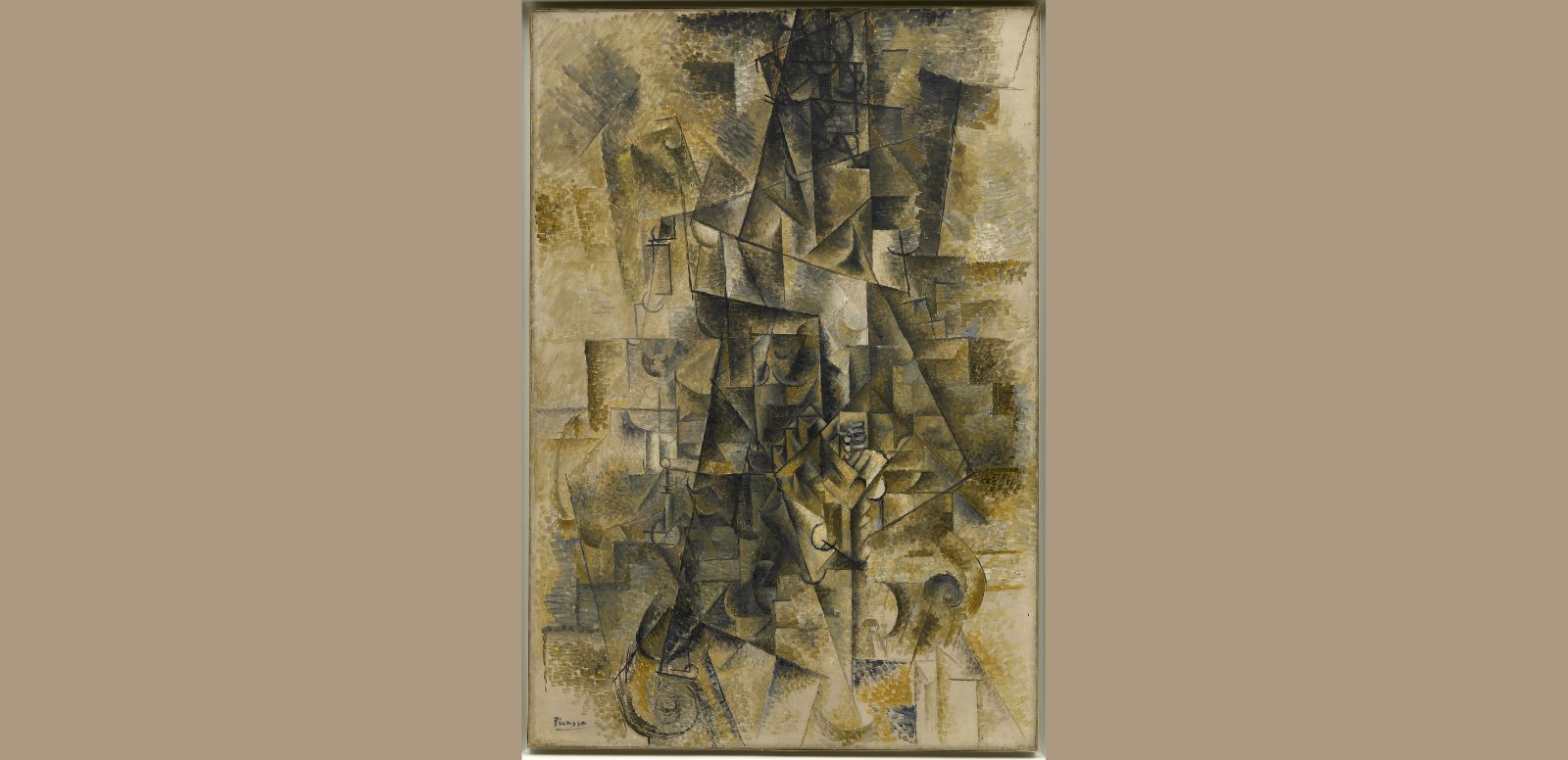
Verano 1911
Nueva York, Solomon R. Guggenheim Museum, Solomon R. Guggenheim Founding Collection, by gift 37.537
© Sucesión Pablo Picasso, VEGAP, Madrid, 2023.
Monday - Saturday: 10am - 8pm
Sundays and holidays: 10 a.m. - 7 p.m.
As part of the Picasso Celebration 1973-2023, the Museo Nacional del Prado today opened the exhibition Picasso, el Greco and Analytical Cubism, which will be open from tomorrow, 13 June, until 17 September. Curated by Carmen Giménez, the exhibition provides an exhaustive analysis of the relationship between two great masters of art, Picasso and El Greco.
From his early years as a student at the Royal Academy of Fine Arts of San Fernando (Madrid), Picasso showed admiration and fascination for El Greco, one of the artist's earliest influences.
Picasso's visits to the Museo Nacional del Prado, where he spent more time learning from the great masters than at the Academy, reveal the deep passion the Malaga-born artist felt for the artist. "Greco, Velázquez, inspire me!" and "I, El Greco" are some of the drawings he made during those formative years. At the age of barely seventeen, Picasso was able to grasp the features of the rupturism in the evolution of modern painting, at a time when El Greco was not widely appreciated.
Although he enjoyed a certain fame on his arrival in Spain in 1577, the figure of El Greco did not achieve the recognition he deserved until three centuries later, when the young avant-gardists rescued him from oblivion by recognising his ability to break with classical representation. Once his work was rediscovered, it provided Picasso with the keys to challenge traditional forms of representation and explore new approaches to artistic expression.
Numerous authors of books related to Picasso's extensive artistic career have on several occasions stressed the connection between El Greco and Picasso and have recalled that El Greco's influence on Picasso went beyond his youth and the well-known "blue period". Specifically, he was crucial to the development of Cubism and, in particular, to the Analytical Cubism phase.

